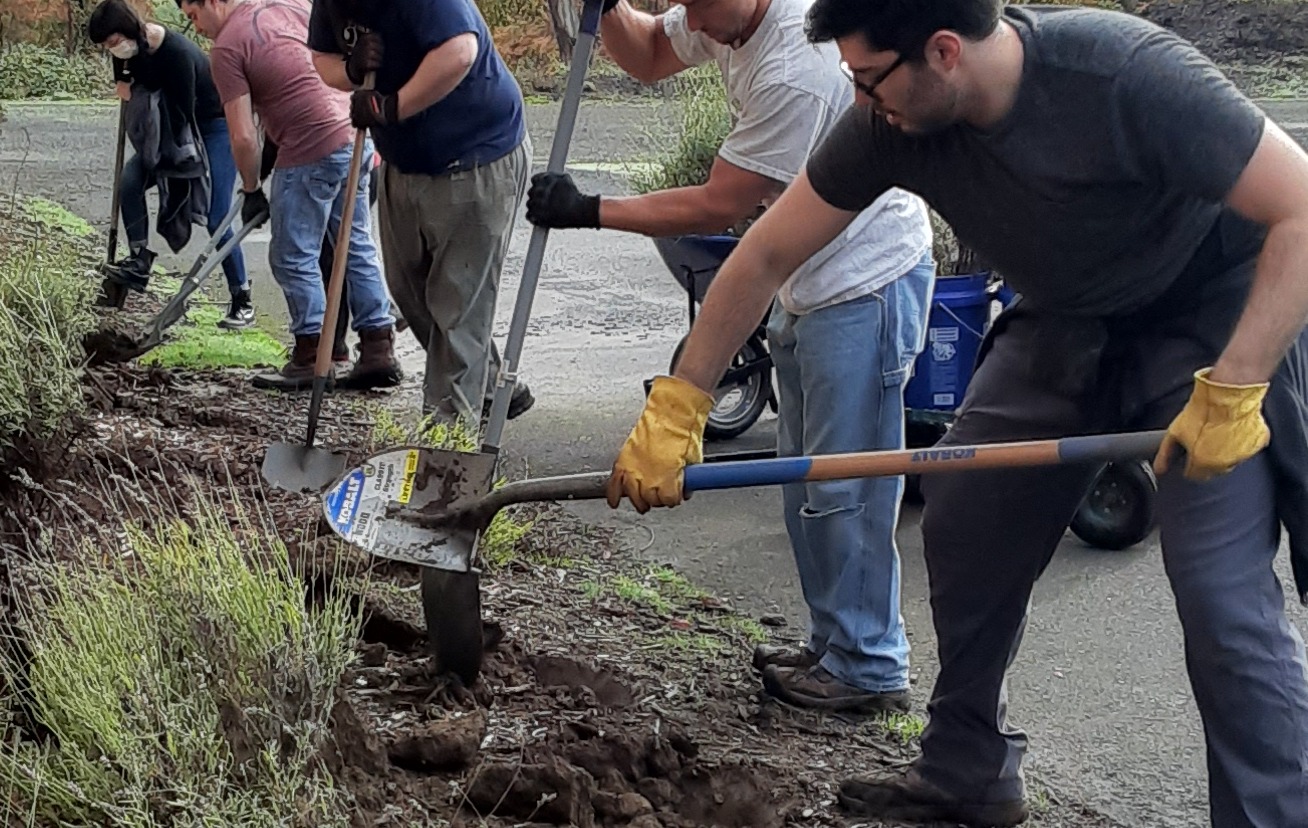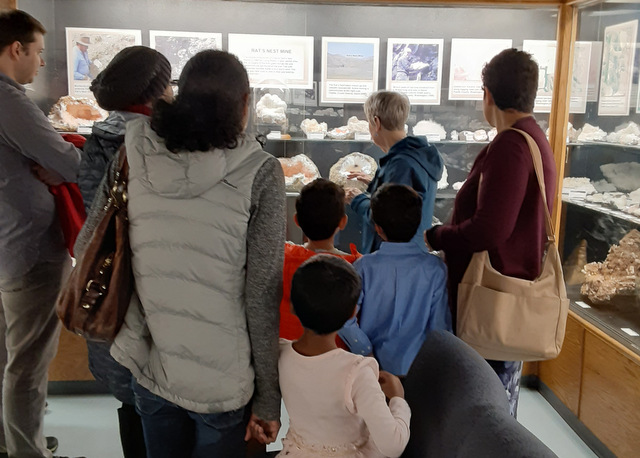Volunteer-Landscape Day (February 10)
Volunteer Landscape Event: Thursday, February 10th, 2022. 10:00am-12:00pm. This volunteer opportunity is an event with multiple volunteers supporting the museum to work on the museum grounds. Volunteer support like this helps to keep the museum safe and inviting to visitors. If we have an abundance of volunteers we will work on various landscaping projects. The […]
Volunteer-Landscape Day (February 10) Read More »









